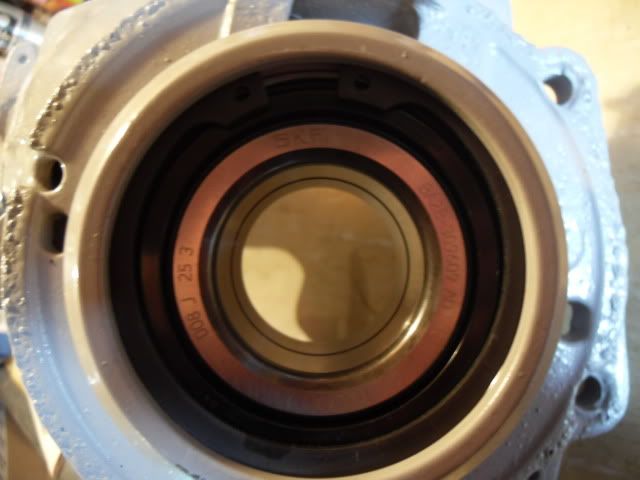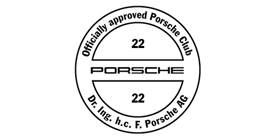The reason I mentioned the tightness of the axle nut was from the description of the job from Clarks garage on the TIPEC forum, not done it myself had the garage do it for me.
Extract from Clarks Garage on TIPEC forum
Changing the wheel bearing on an aluminum trailing arm is somewhat different than a steel trailing arm. First, the aluminum trailing arm uses a single sealed bearing as opposed to a double roller bearing arrangement. The single sealed bearing is also a bit more difficult to remove from the trailing arm than the bearings in the steel arm.
The Porsche factory manual describes removing the wheel bearing after the trailing arm has been removed from the car. The factory shop manual has you heat the trailing arm to 120 - 150 °C (approximately 250 - 300 °F). Then you press the bearing out from the back side of the trailing arm using special tool VW 432.
Now, I'm sure this method works quite well. However, who wants to remove the trailing arm from the car just to replace the wheel bearing? Not me. So, I elected to use a slide hammer bearing puller to remove the bearing from the trailing arm. And, I didn't heat the trailing arm before removing the bearing. The bearing was a bit stubborn to remove. But, I'm sure it would have been much easier if I had heated the trailing arm first. Consequently, this procedure will differ somewhat from the factory shop manual procedure.
Like the steel trailing arm however, the hardest part of this job may be getting the rear wheel axle nut loose. The reason being is that the axle nut is torqued to 350 ft-lbs. That means if you're using an 18" breaker bar to remove the nut, you have to apply 233 lbs. of weight to the end of the bar. If you're using a 24" breaker bar, you have to apply 175 lbs. of weight to the end of the bar. The problem is that over time, the threads of the axle/nut get a little rust built up on them and then it takes significantly more force than the 350 ft-lb. tightening torque to break the nut free. Sometimes this can double the amount of torque required.
With that in mind, if we assume that the amount of torque required to remove the axle nut has doubled to 700 ft-lbs., it may require a breaker bar as long as 4 feet (48") to get the required weight applied to the end of the breaker bar down to where and average sized individual (175 lbs.) can apply enough force to break the nut free.











